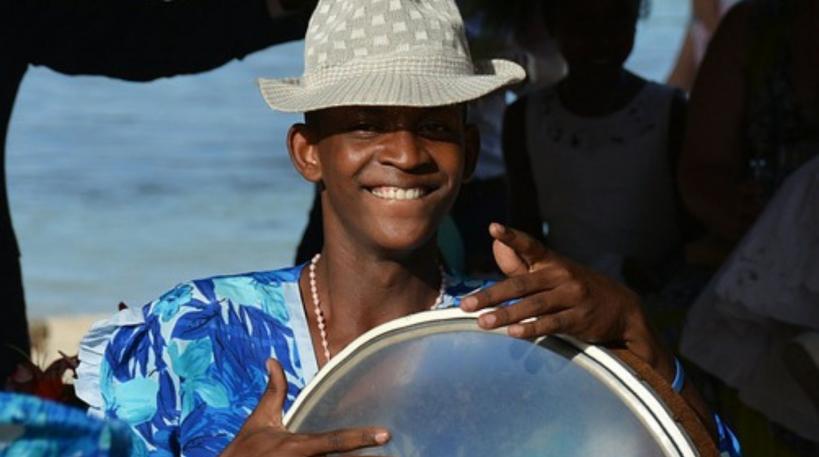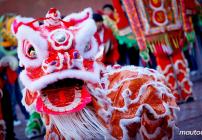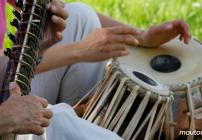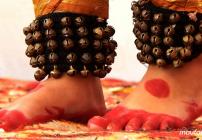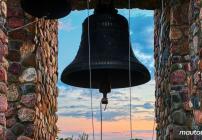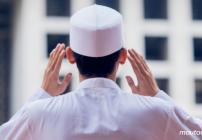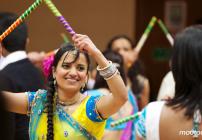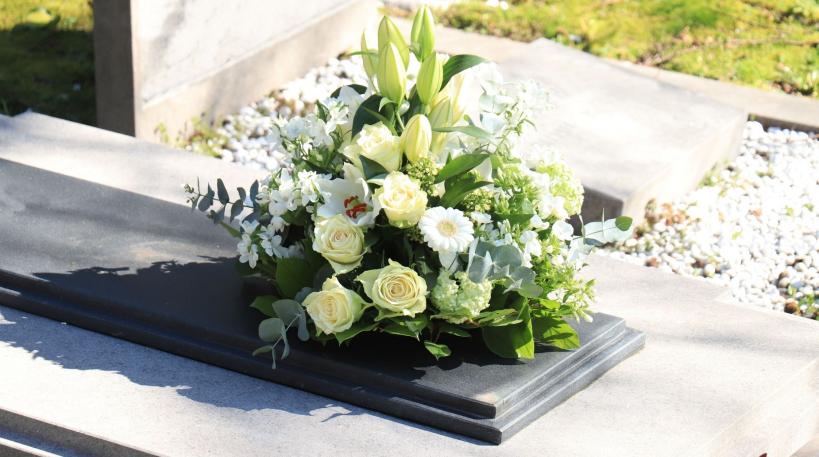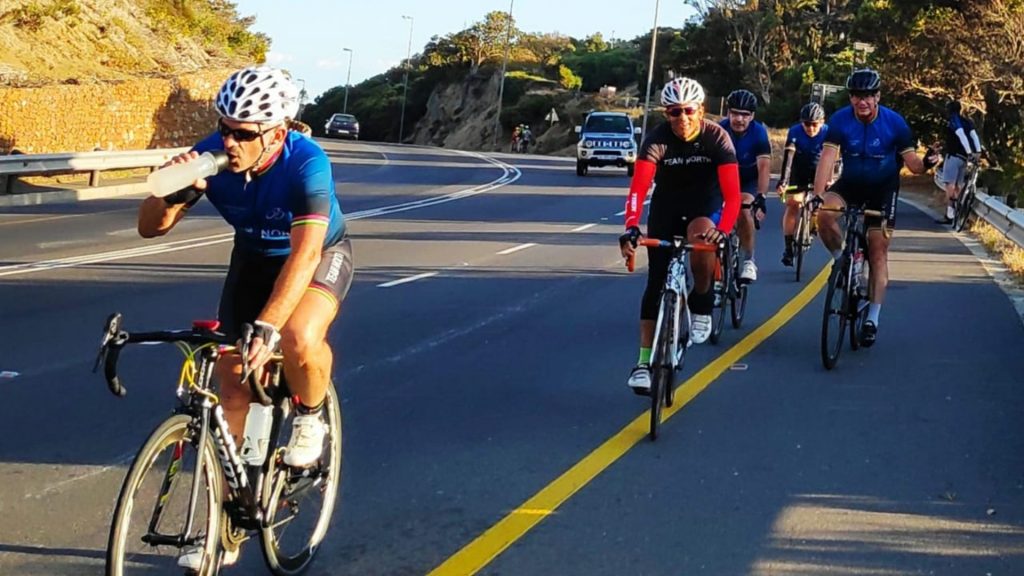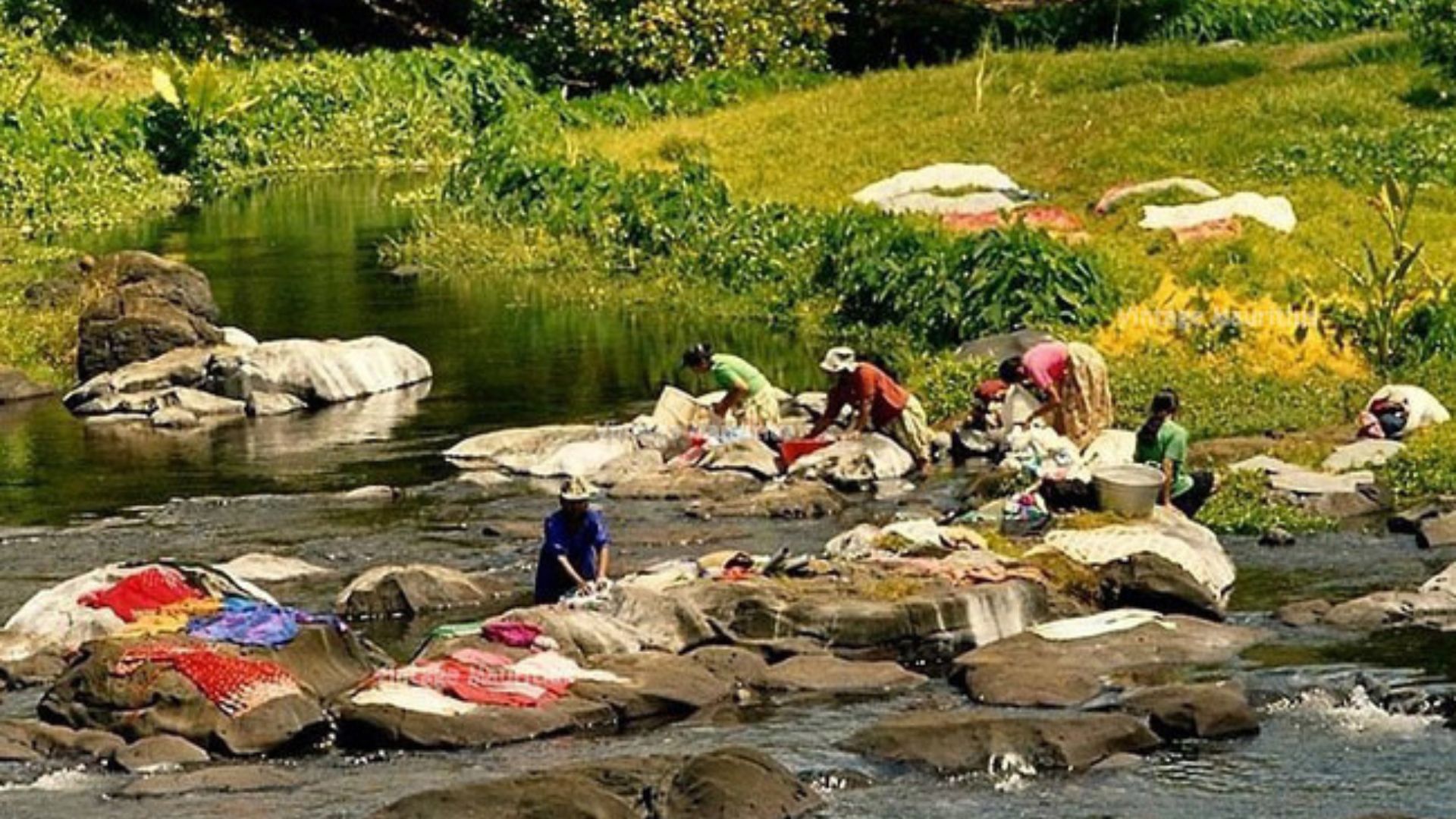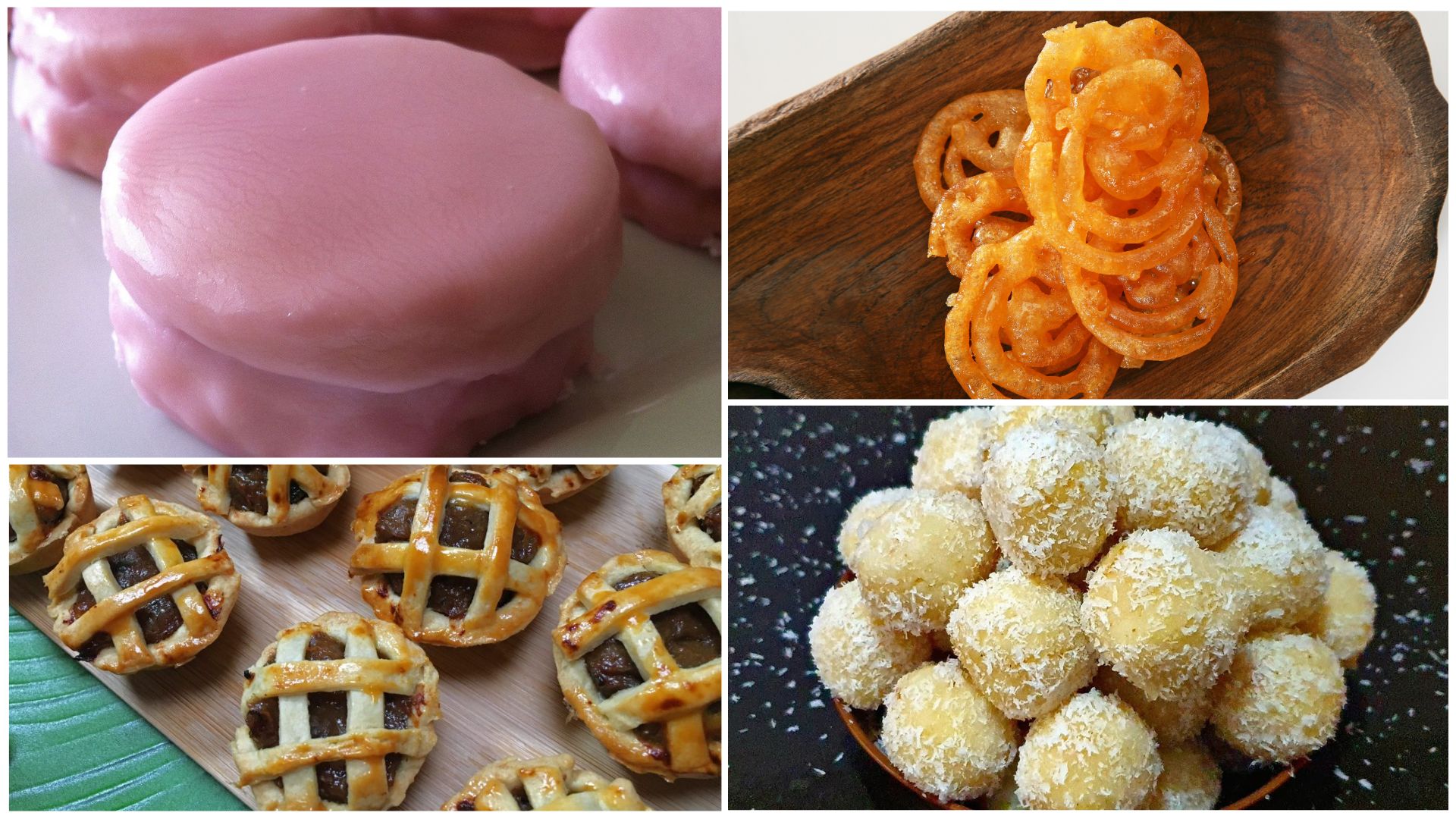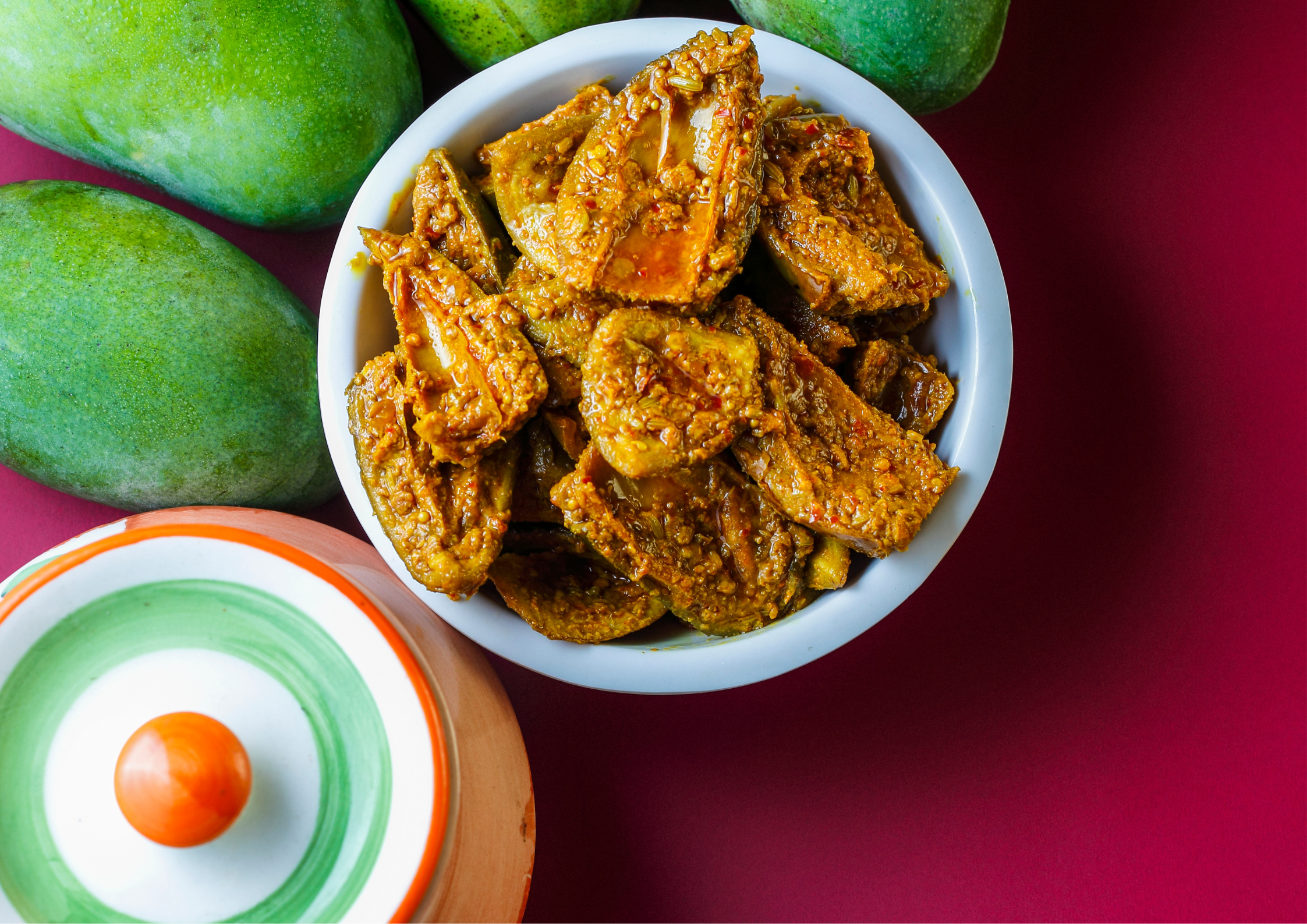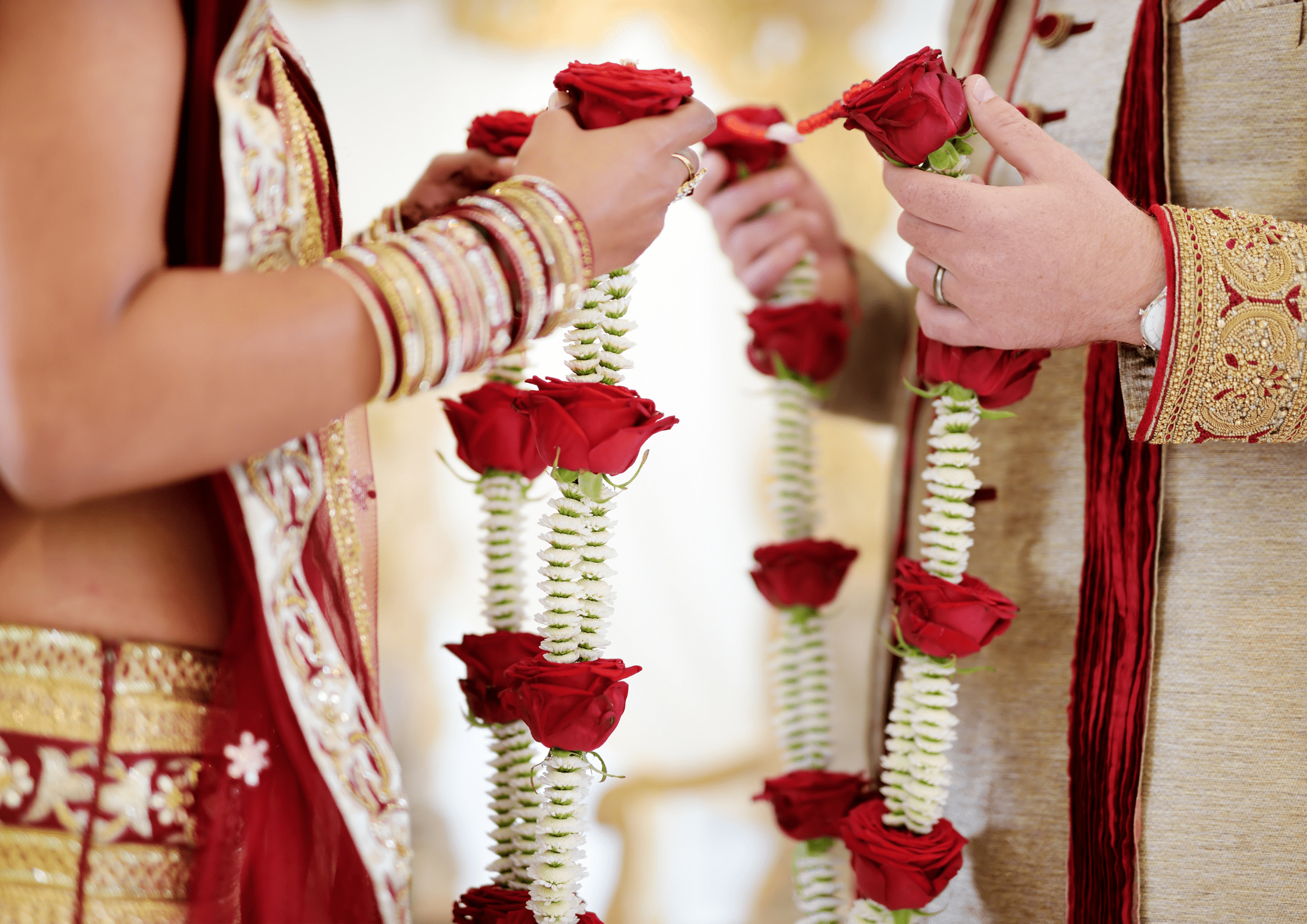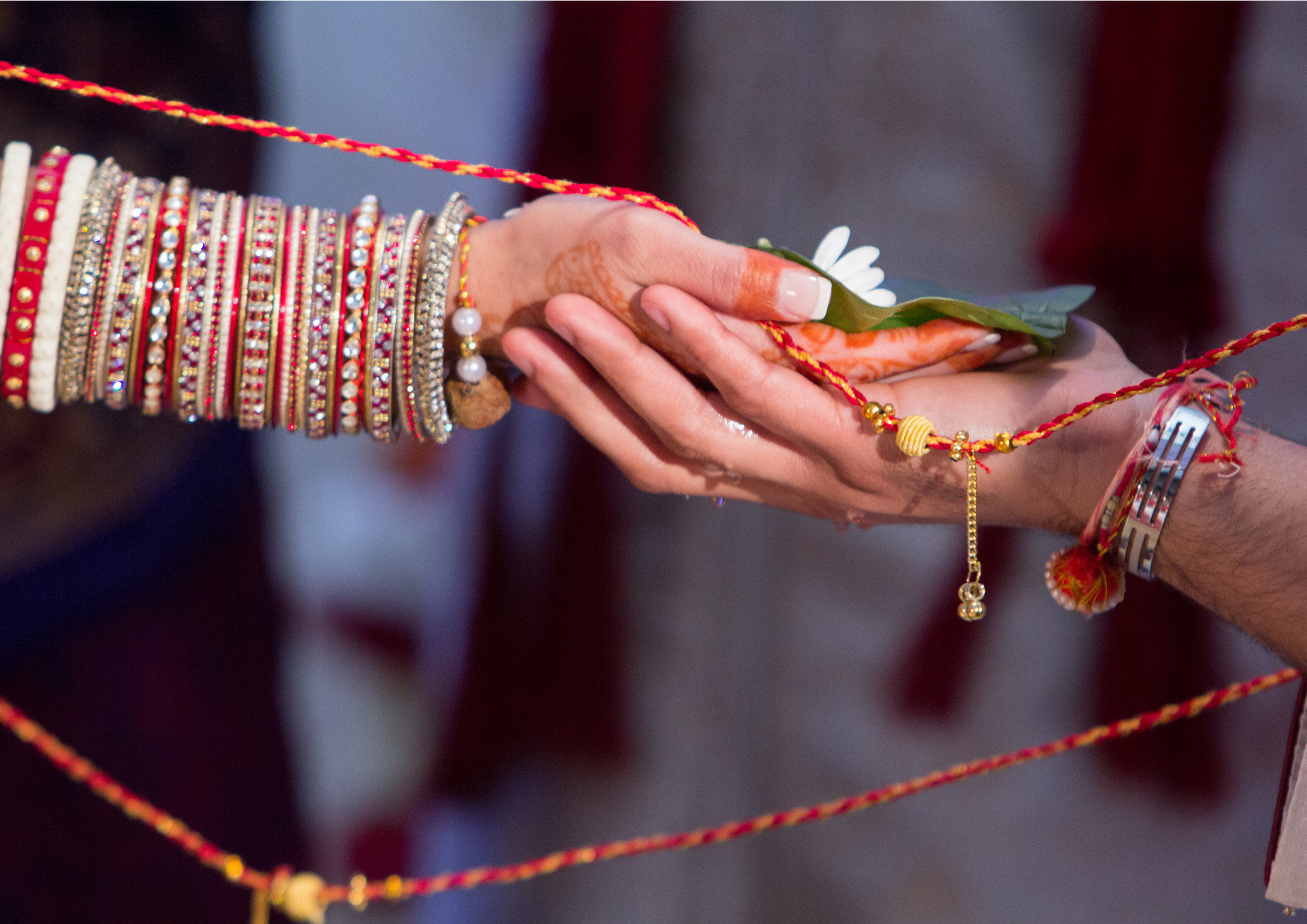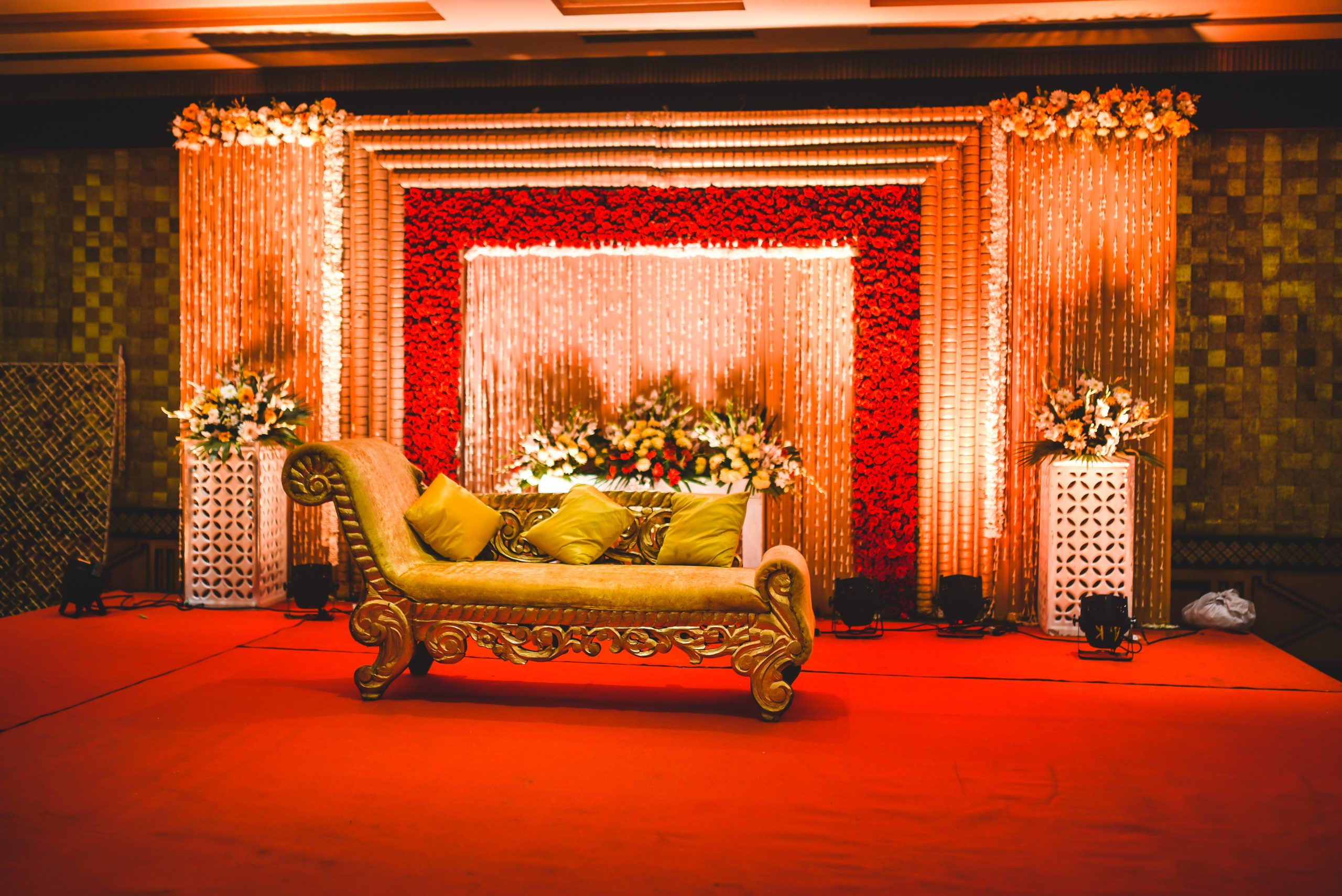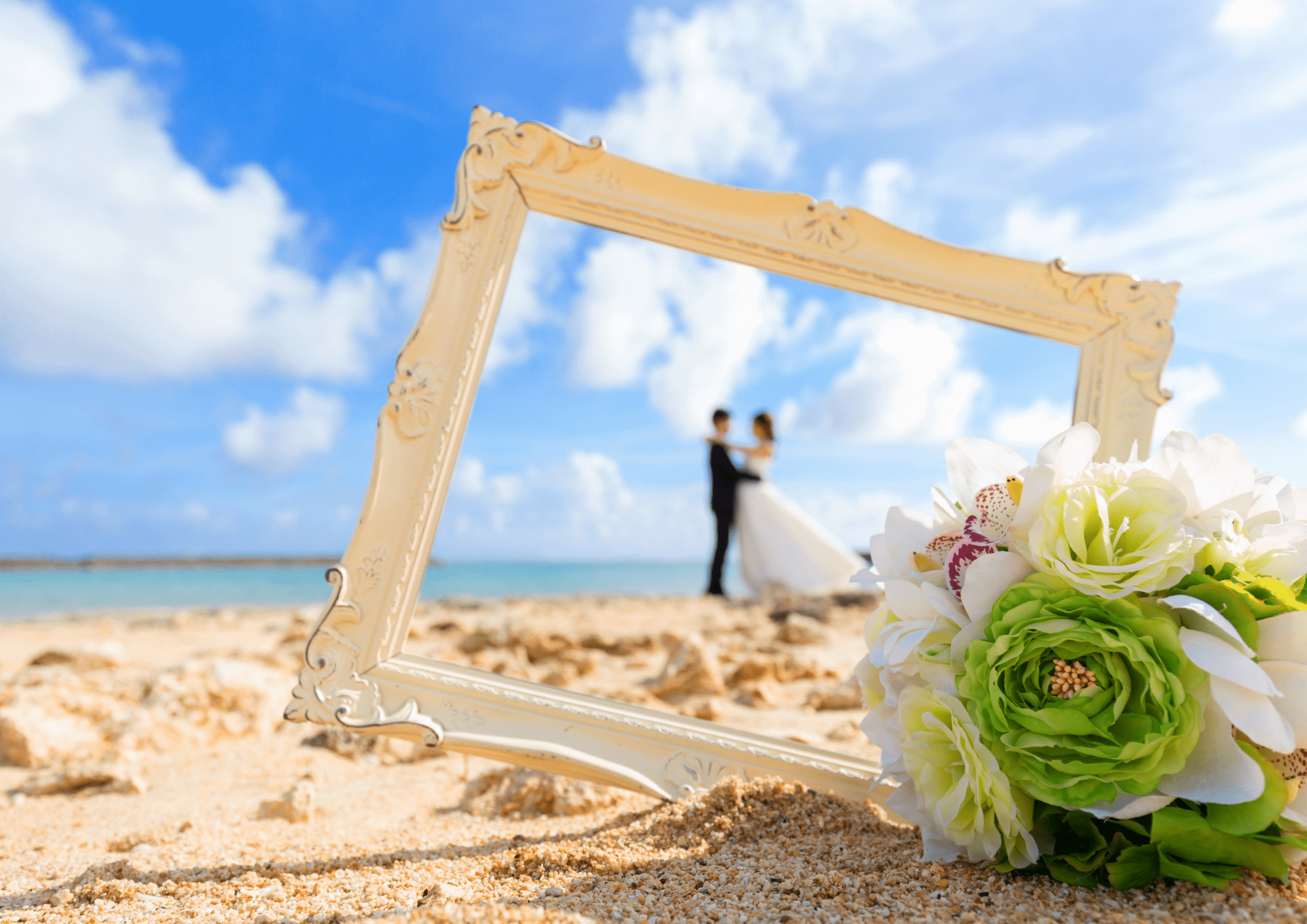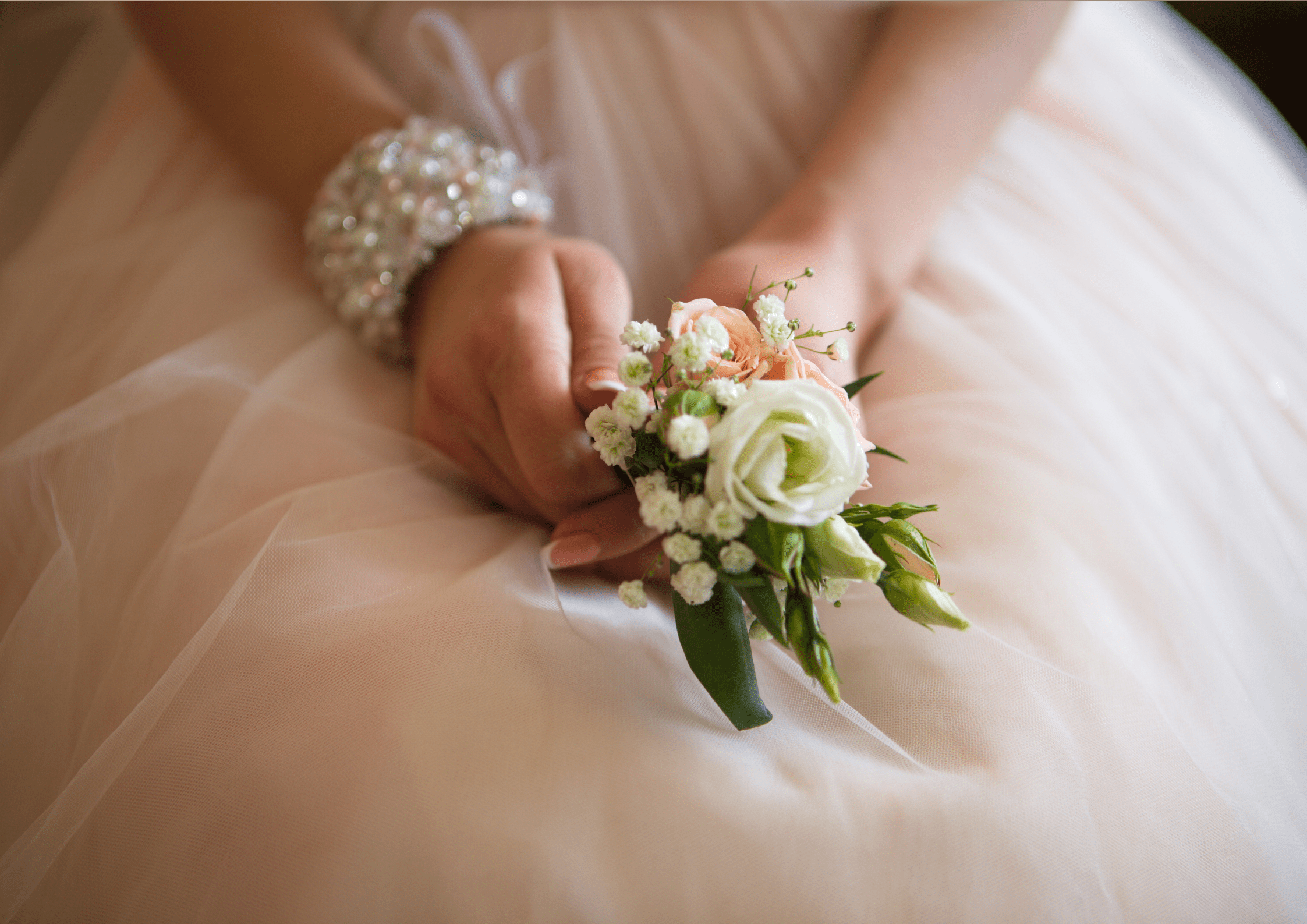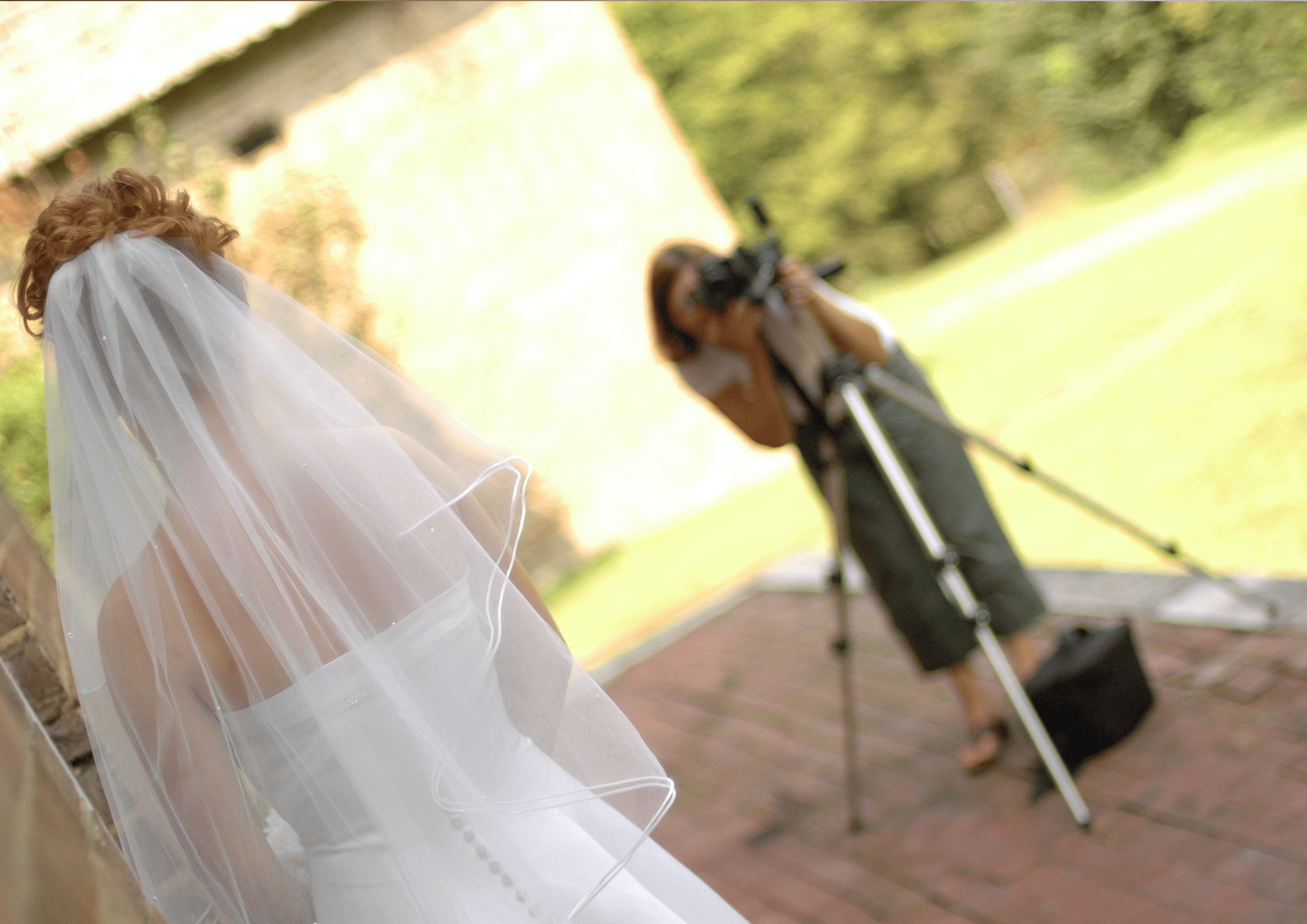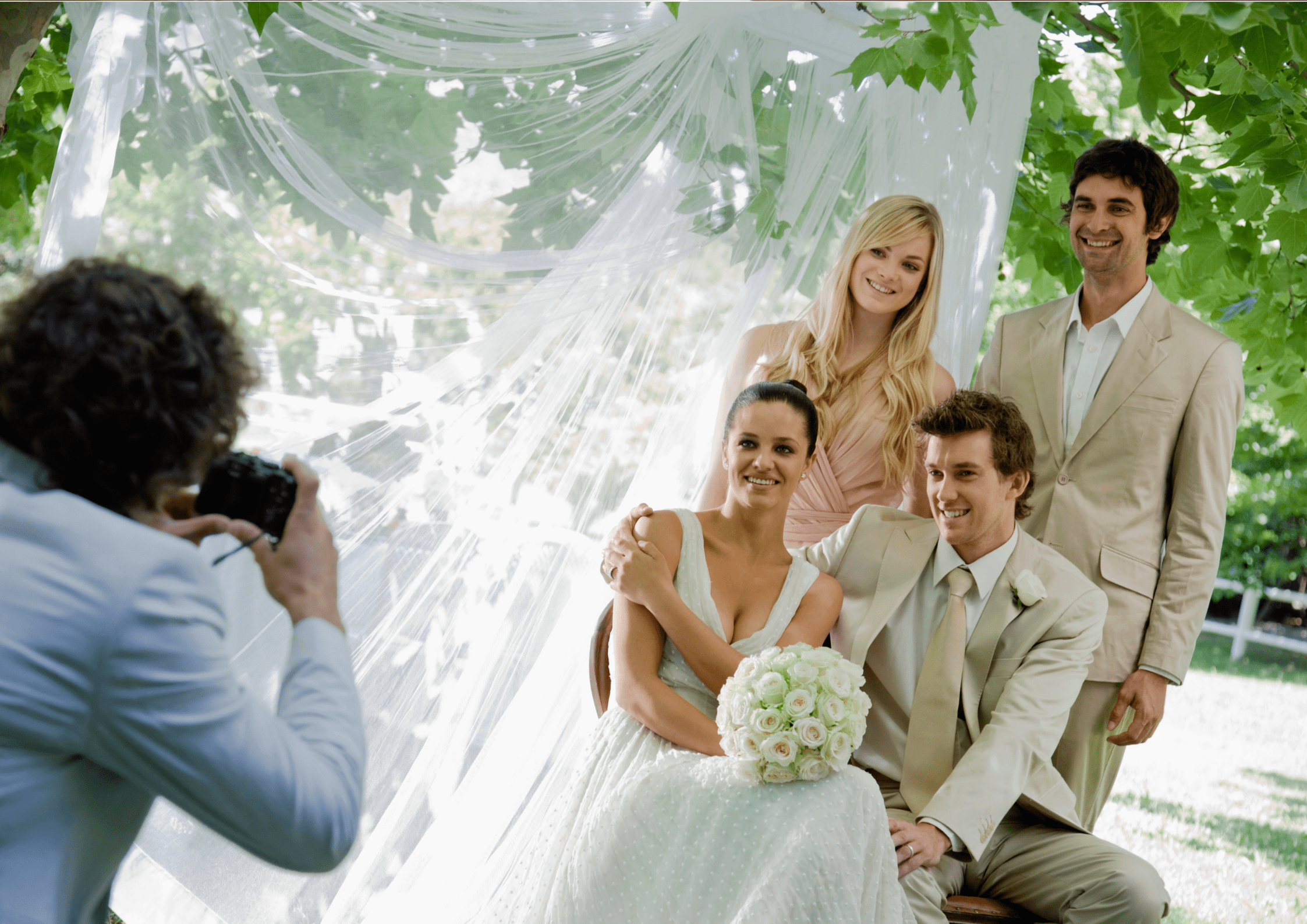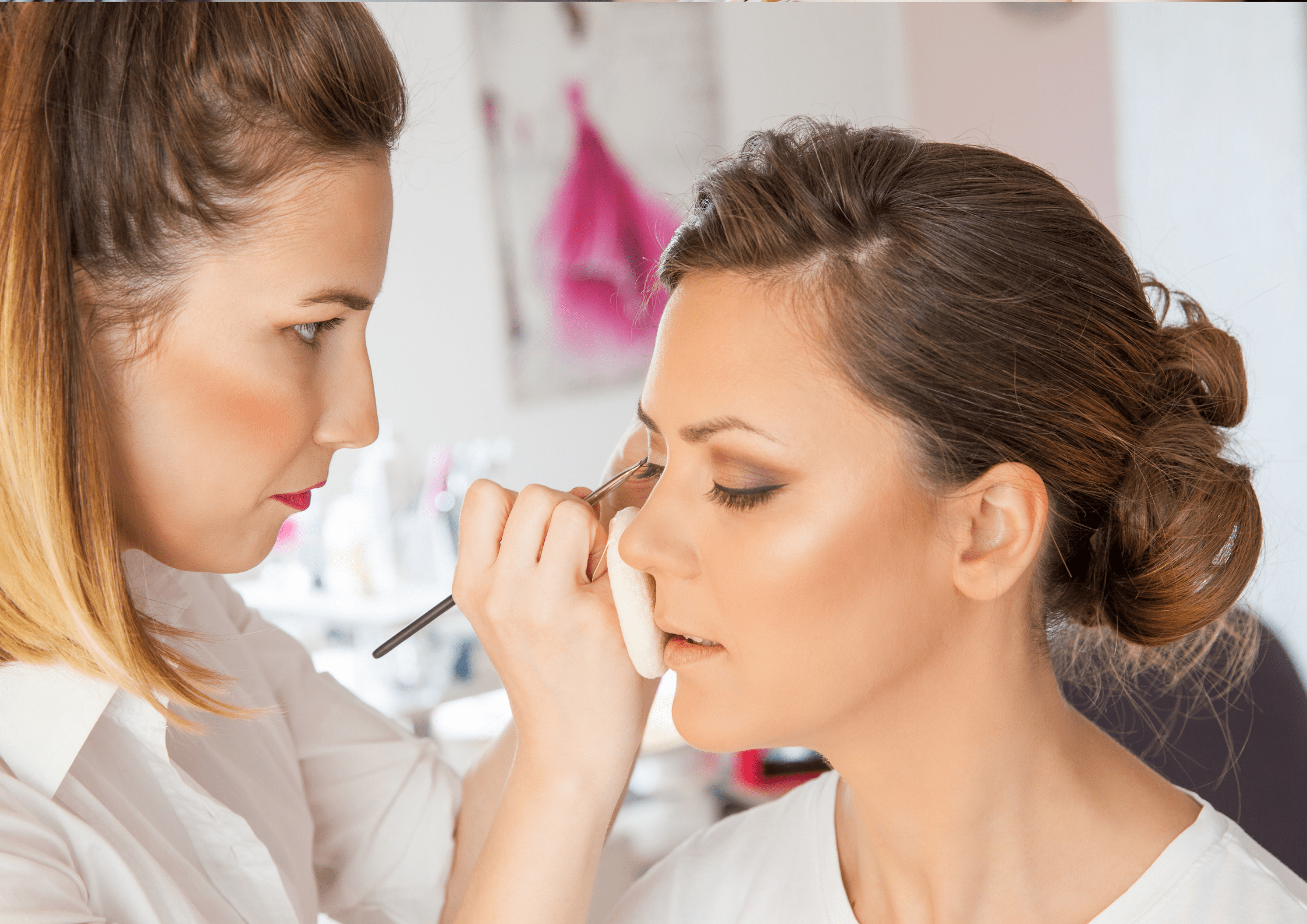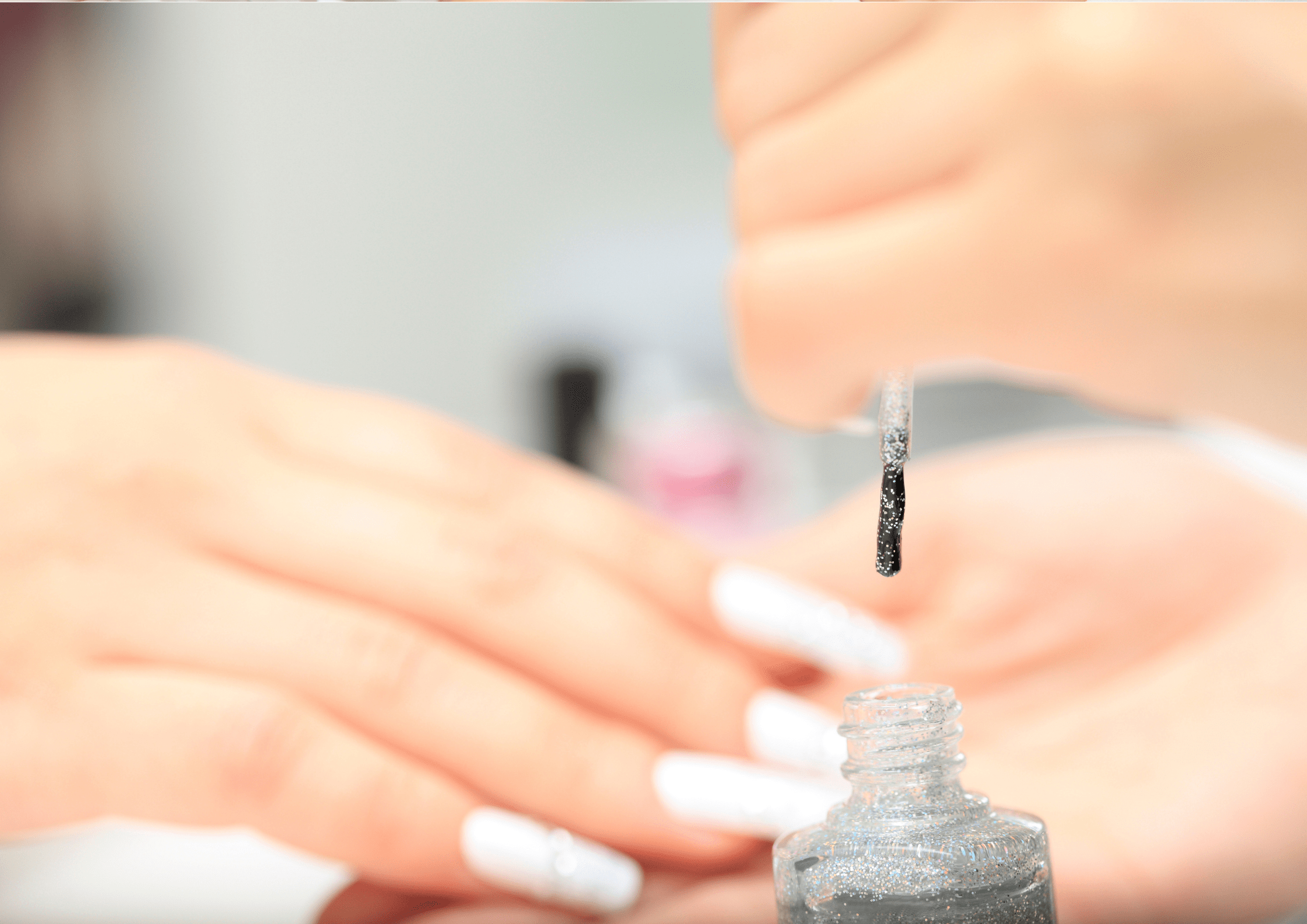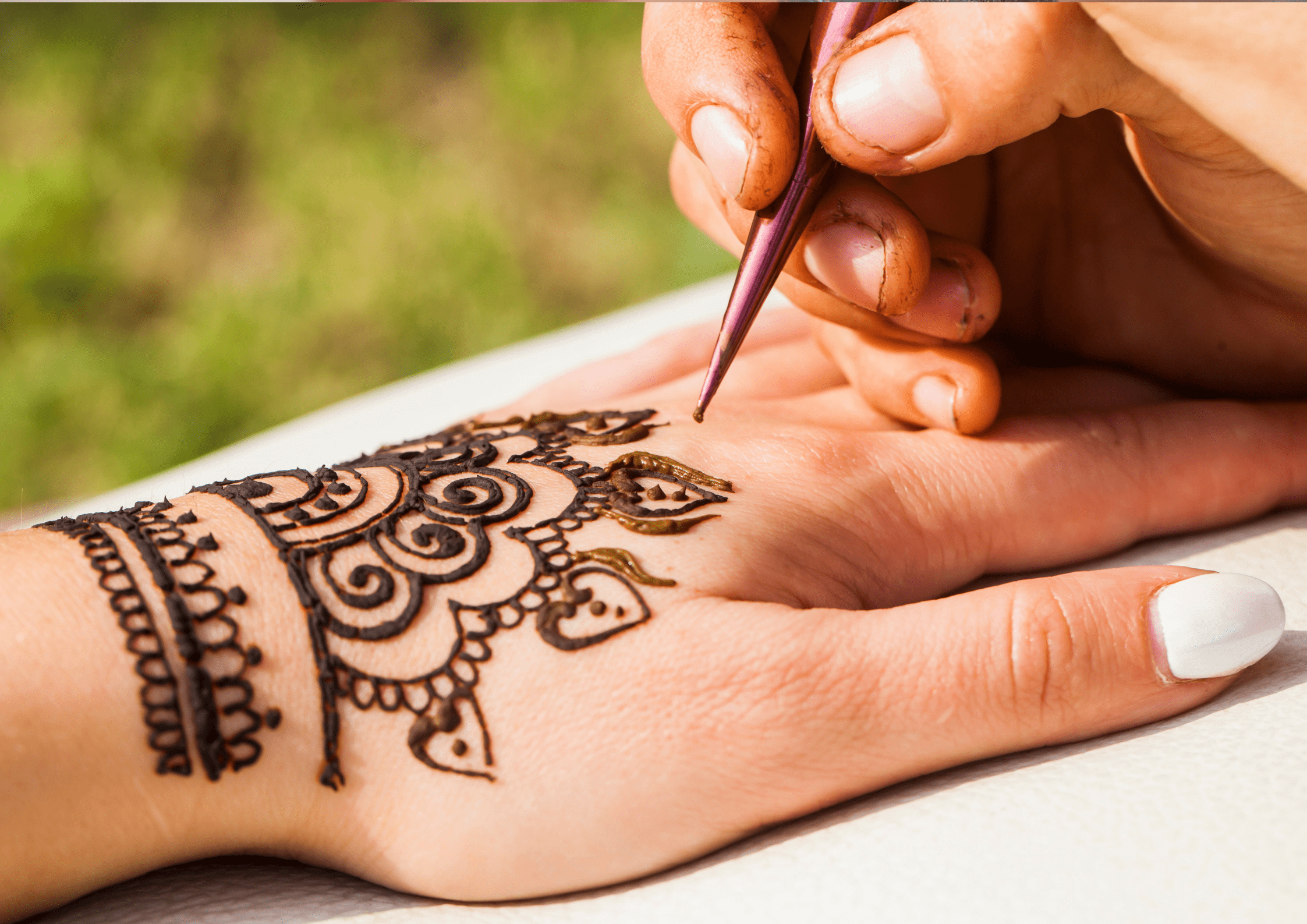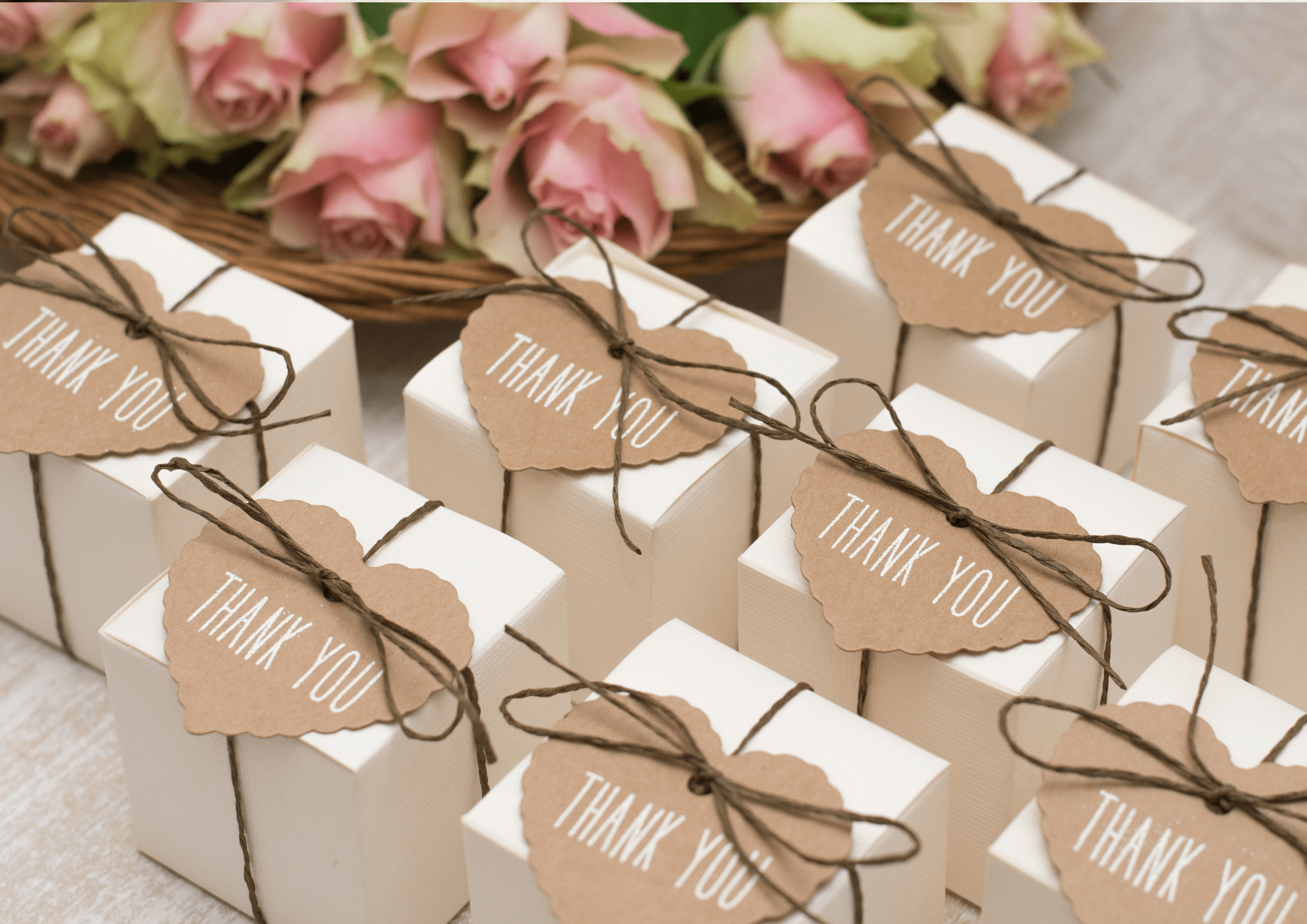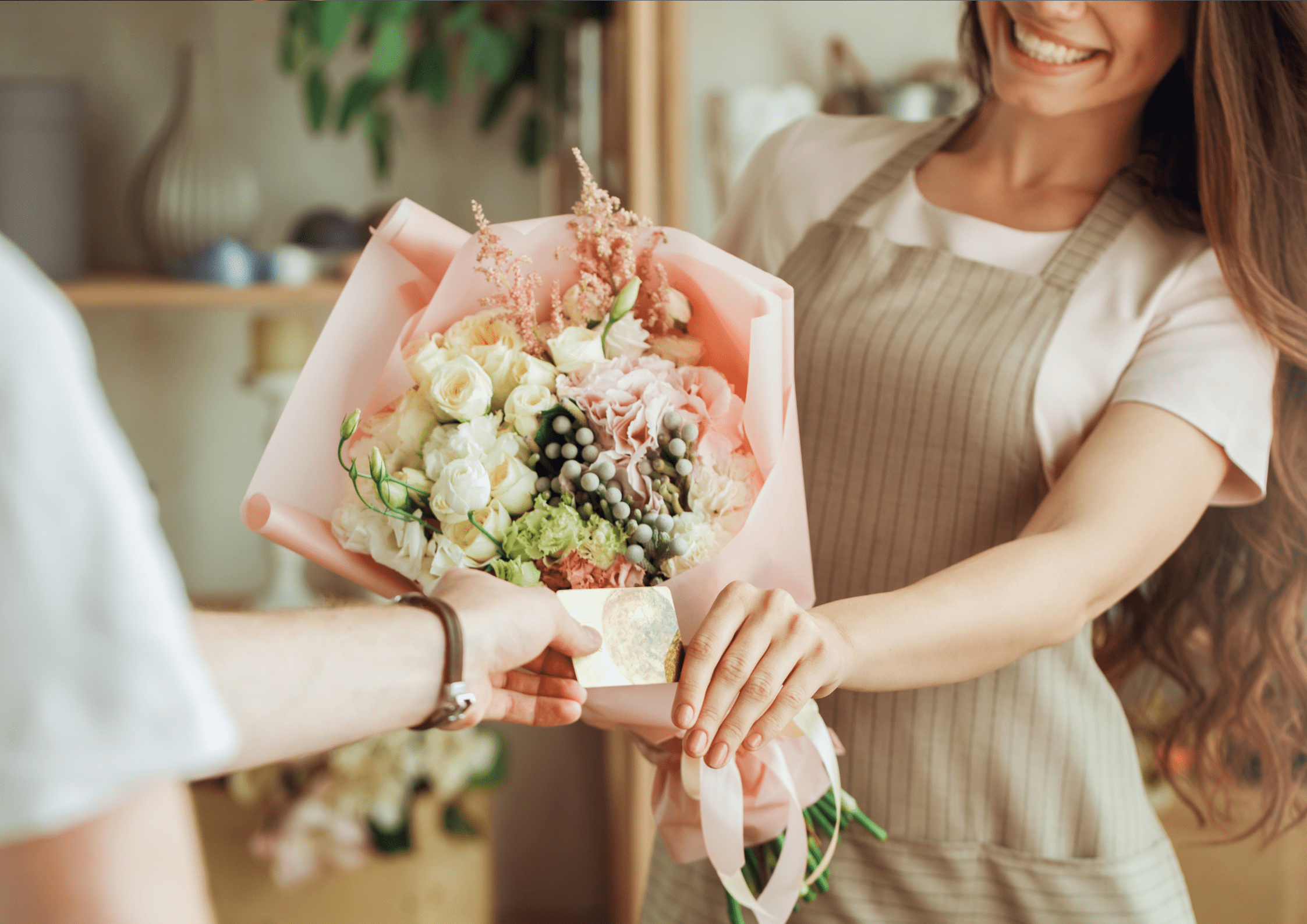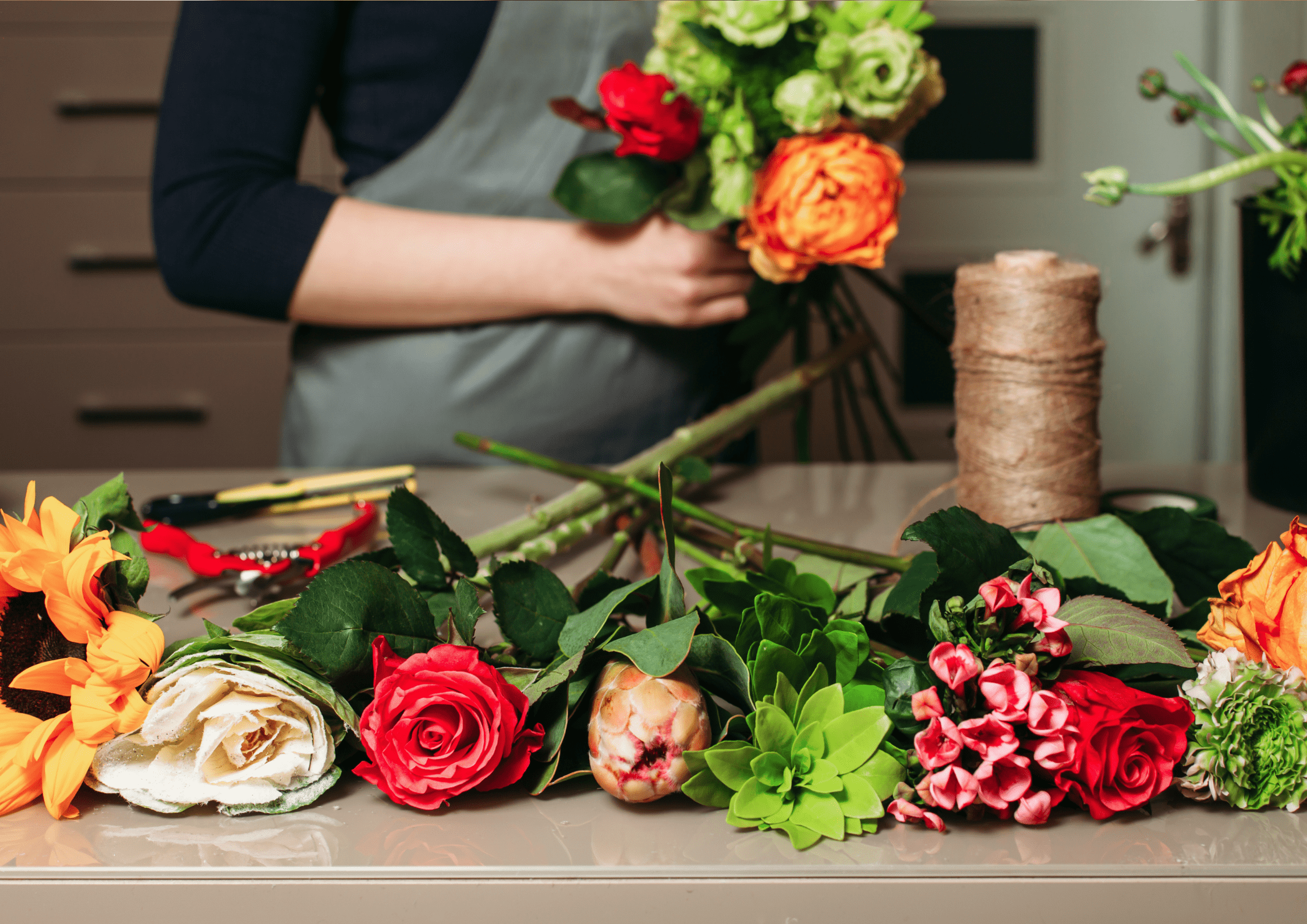Mauritius: Ancestral cultural heritage – rhythms and sounds!
An island bearing so much cultural colors inherited from our colonial past, which treasures an oral history rich in traditions, legends, music, children’s rhythms…. and above all sounds and rhythms which have always been part of our everyday life. Passed on from our ancestors through generations, those constitute something truly unique. From an early age, Mauritians are immersed in a universe of familiar sounds: the Muezzin’s call to prayer, the tolling of church bells, the firecrackers on New year’s eve …
Séga remains undoubtedly the best known of our musical heritage. Music and dance originating from African slaves who, to forget their laborious daily life on the plantations, gathered around a wood fire in the evening to dance and sing. Unique instruments emerged to create the rhythms: Ravanne, maravanne, triangle made of common objects, goatskin, metal, gourd seeds… Here, the dance is suggestive, the swaying more pronounced than at our sister island, Rodrigues, where another version was born, the slaves’ Séga tambour (drum). More energetic and vibrant, it is accompanied mainly by drum, ravanne, while the Rodriguan Sega Mazok, reminds us more of the European heritage, played by an accordion, it recalls the Mazurka. Much later, Rastafarianism, introduced in Mauritius brought to the Mauritian sega a new musical identity and there was the birth of the seggae, a mix of sega and reggae, music performed by a traditional band.
Meanwhile, in the Indian community, songs in Mauritian Bhojpuri, an Indo-Mauritian language passed down from generation to generation, are danced in traditional Indian costume, accompanied by tabla, sitar, traditional Indian instruments, and percussion. As for traditional dances, the dancers dressed in multicolored saris perform precise choreographies, the slightest attitude of which is very expressive and relates a story. They dance to the exclusive sound of sitar and tabla, while the tinkling of the “ghungroos” (Indian anklets) express the finesse and magic of oriental culture.
The Geet Gawai, unique in Mauritius, is a pre-nuptial ceremony inherited from the past, to liven up the eve of Hindu weddings. In the past, during wedding celebrations, guests used to stay at the parents’ bride’ s place for several days until the final ceremony. On this occasion, young dancers were summoned. Sometimes men would dress up as women to join in the dance. Nowadays, family members and friends carry on the tradition by performing dances for the guests and the bride and groom. A ritual of sounds and rhythms that last late into the night.
As for the Chinese community, colorful traditional dances, including ancestral lion and dragon dances, are the best known. These mythical creatures personified and the agility of dancers, performing to the loud sound of drums, cymbals and firecrackers, offer an unmissable spectacle. During the processions of Thaipoosam Cavadee of the Tamil community, devotees are accompanied by the sounds of percussions while the dancers will clink two pieces of wood while executing a choreography in the middle of the street.
Leopold Sedar Senghor, who, by the way, was a great admirer of our island of Mauritius, once said: “Only rhythm brings about a poetic short-circuit and transforms copper into gold, words into life.”
NadElle

